
Words: Patrick
There are few things more British than the Land Rover Defender. A true automotive icon, dreamt up on the sands of Anglesey by Maurice and Spencer Wilks, its body was cobbled together from aluminium because steel was in short supply following World War II, and its sea-green shade came from surplus military aircraft paint. It may have appeared a botch-job, but 68 years later its straight lines and ability to trample any terrain still put a smile on all those who sit behind the heavy wheel. It is a machine that defines our pluck – as intrinsic to the fabric of Britain as the monarchy.

But times have changed. Polar bears have less ice on which to hunt and sea levels threaten to force us all into tree houses; the petrol and diesel-powered vehicles roaming the globe forced to take a large portion of the blame. Defenders were never made to be environmentally friendly, they were built to serve a purpose: to get from A-B, conquering ploughed fields, swamps, sand and any matter of obstacles that prevented those in rural areas going about their daily business. Little wonder the army become so reliant on them. But those in sandals and shorts have won their fight and the Defender of old is being brushed aside for a more contemporary model. The clunky gear changes, ride that could shatter your spine, air vents that gave all or nothing and windows that slid from side-to-side are soon to be relics in automotive history, where it will surely be joined by the roar of the V12 naturally-aspirated engine anytime soon.
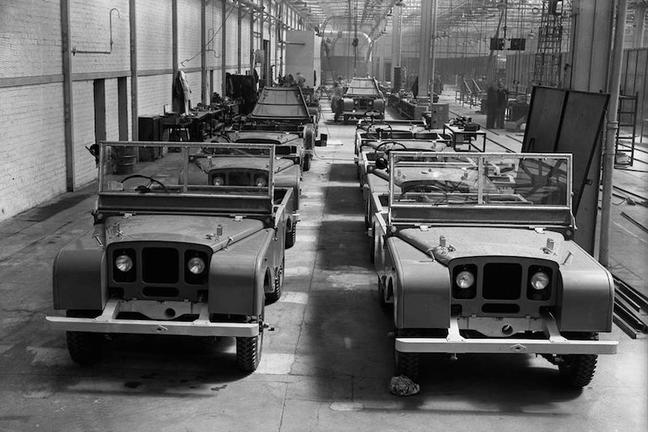
In its place comes the Defender Heritage Edition, which, with the Autobiography and the Adventure, marks the end of Defender production. Yes the stencil shape still harks back to the good ol’ days of British manufacturing, and yes you’ll still receive the thumbs up from other Defender drivers you pass on the road, but much like The Great Gatsby with Leonardo Dicaprio, it doesn’t quite meet the grade of the original starring Robert Redford.
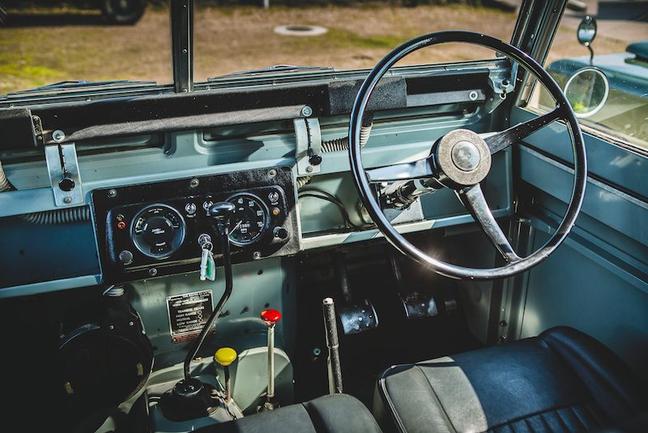
It’s not the only place we see drastic changes with vehicles carrying the Land Rover marque. The Range Rover, seemingly designed with nothing but a ruler, was built exactly as the first prototype was designed, which is a serious rarity within the car industry. In fact, its shape and innovation was so highly commended that it found its way into the Louvre – there aren’t many other car brands that can say they have shared floor space with Mona Lisa. It’s a handsome beast, but a far cry from the Range Rovers we see spitting fumes up and down the Kings Road today.
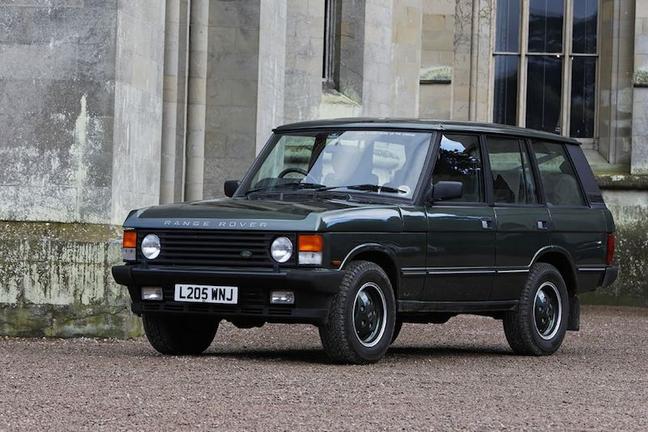
Obviously not all alterations can be blamed on global warming, as these beasts – the likes of the Sport and SVR – are about as mindful of carbon footprint as a tyre bonfire the height and width of Blenheim Palace. The demand for big, loud, practical, fast cars has seen the Range Rover market become one of the most frantic in the industry. It appears to tick all the boxes, whether used by mums in the heart of London for the school run or farmers towing a trailer filled with sheep to auction. Iterations can also be bought with tinted windows, 4 exhaust pipes producing the sound of thunder, and enough horsepower to have you flying down the M6 at 150mph – not bad for a behemoth that is the weight of a whale.

Interiors have become luxurious and enjoyable, as opposed to simply practical. Gerry McGovern, Land Rover’s Design Director and Chief Creative Officer, focuses on three key elements of emotional design. “The first is visceral – when you look at it do you desire it. The second is behavioural – when you use it does it do what it’s meant to do. And finally, reflective – once you have experienced it, does it continue to excite.”
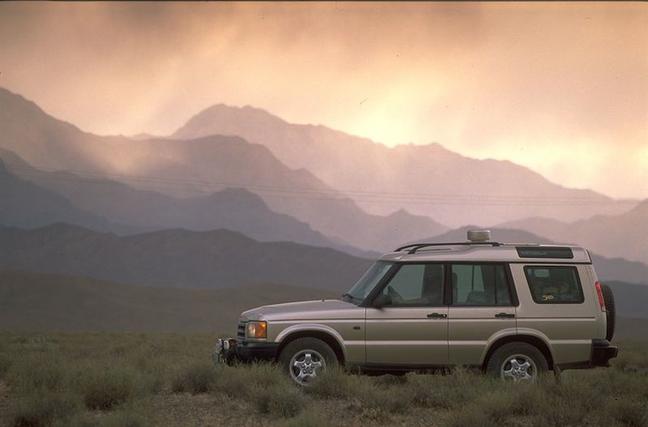
As the Range Rover this year celebrates 45 years of production, and with demand as strong as ever, it is clear that many are enticed by all three facets. I, however, am not totally convinced. I see the fun in the new models, the off-road ability of the likes of the Discovery and Freelander are truly astounding, and their speed and comfort are a different shade altogether, but the romance and charm of the Land Rovers of yesteryear – a charm that made even the most rugged of men, with oil on their faces and mud on their trousers, get a little misty-eyed – has evaporated.
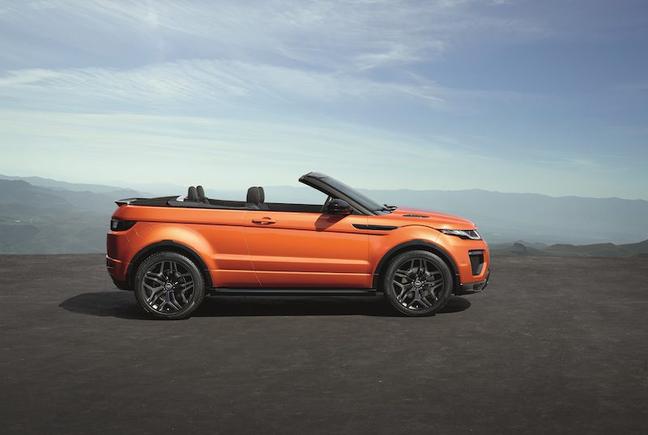
This week my inbox has been flooded with promotions for the new Evoque convertible. It’s, ermm, interesting. No doubt it’ll find its clientele with ease when launched next spring. Conversely, on my commute this morning I passed a parked Series I Defender – bracken-green, with dainty cream wheels and a fragile looking frame – and it caused me to check my step. Never has a tin box with a windscreen looked so beautiful.
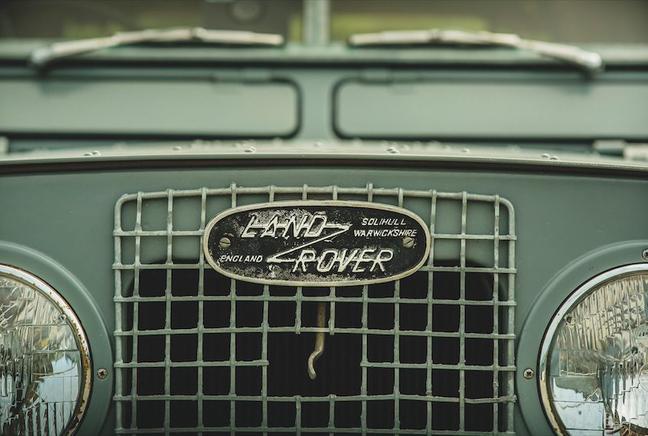
It’s often said that the Concorde is the only area of production where mankind has gone backwards, with the supersonic airliner relegated to the archives in 2003. I disagree, by discontinuing the manufacture of the Land Rover Defender we have another significant failure to add to the list.
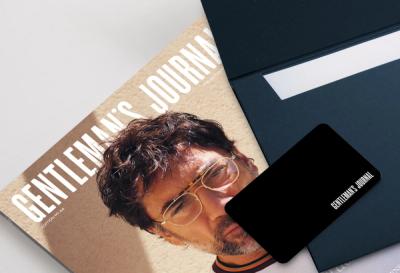
Become a Gentleman’s Journal Member?
Like the Gentleman’s Journal? Why not join the Clubhouse, a special kind of private club where members receive offers and experiences from hand-picked, premium brands. You will also receive invites to exclusive events, the quarterly print magazine delivered directly to your door and your own membership card.



